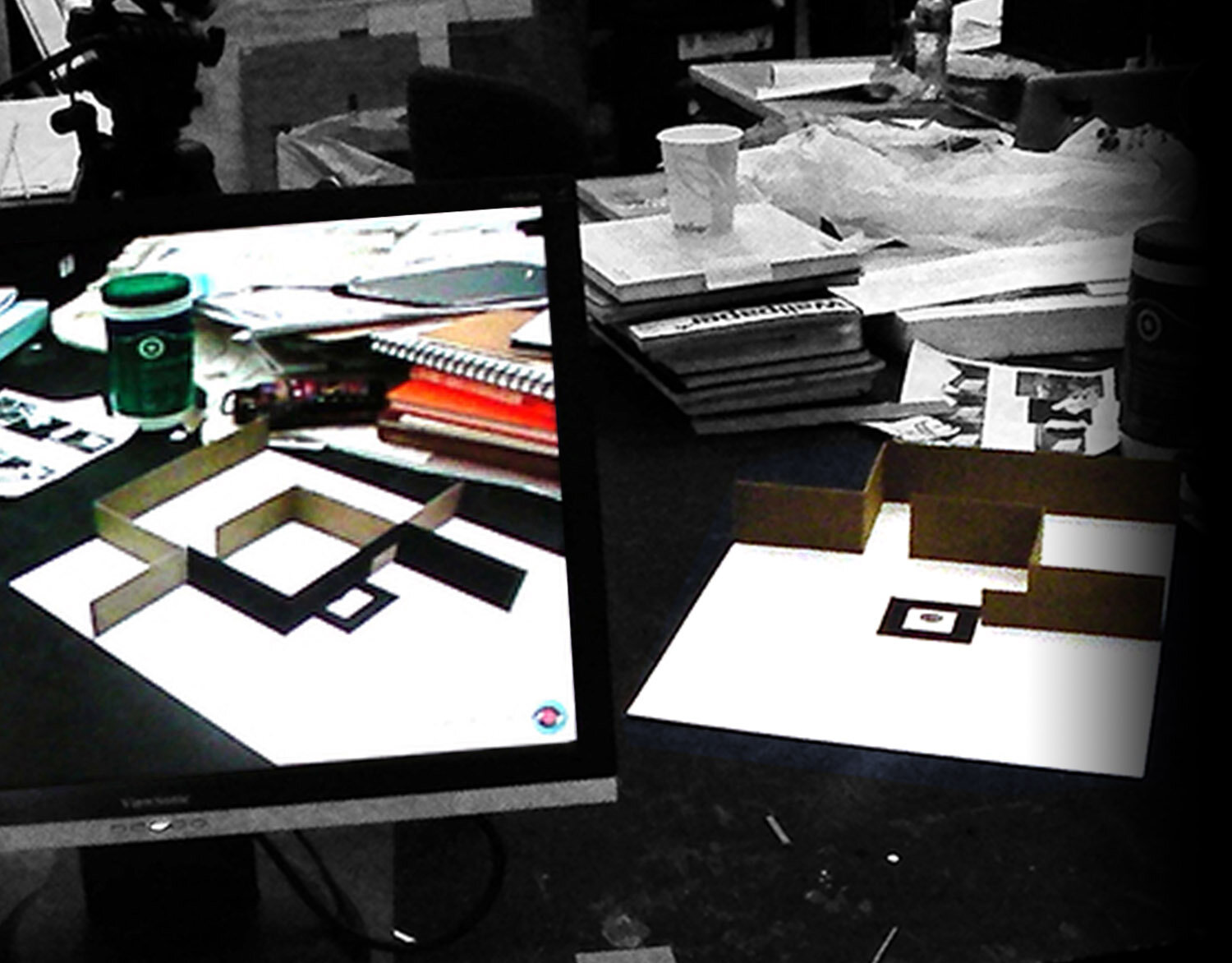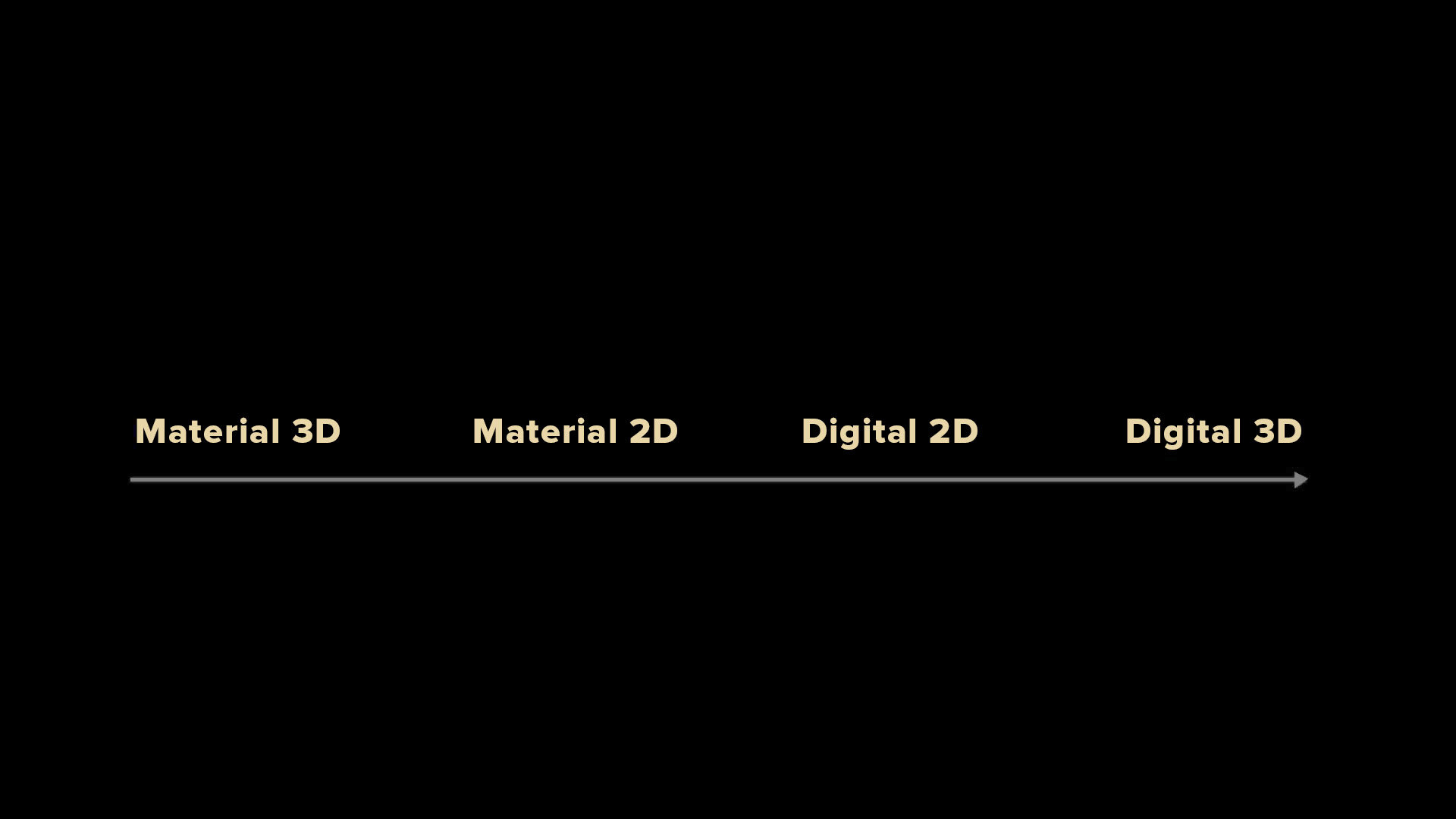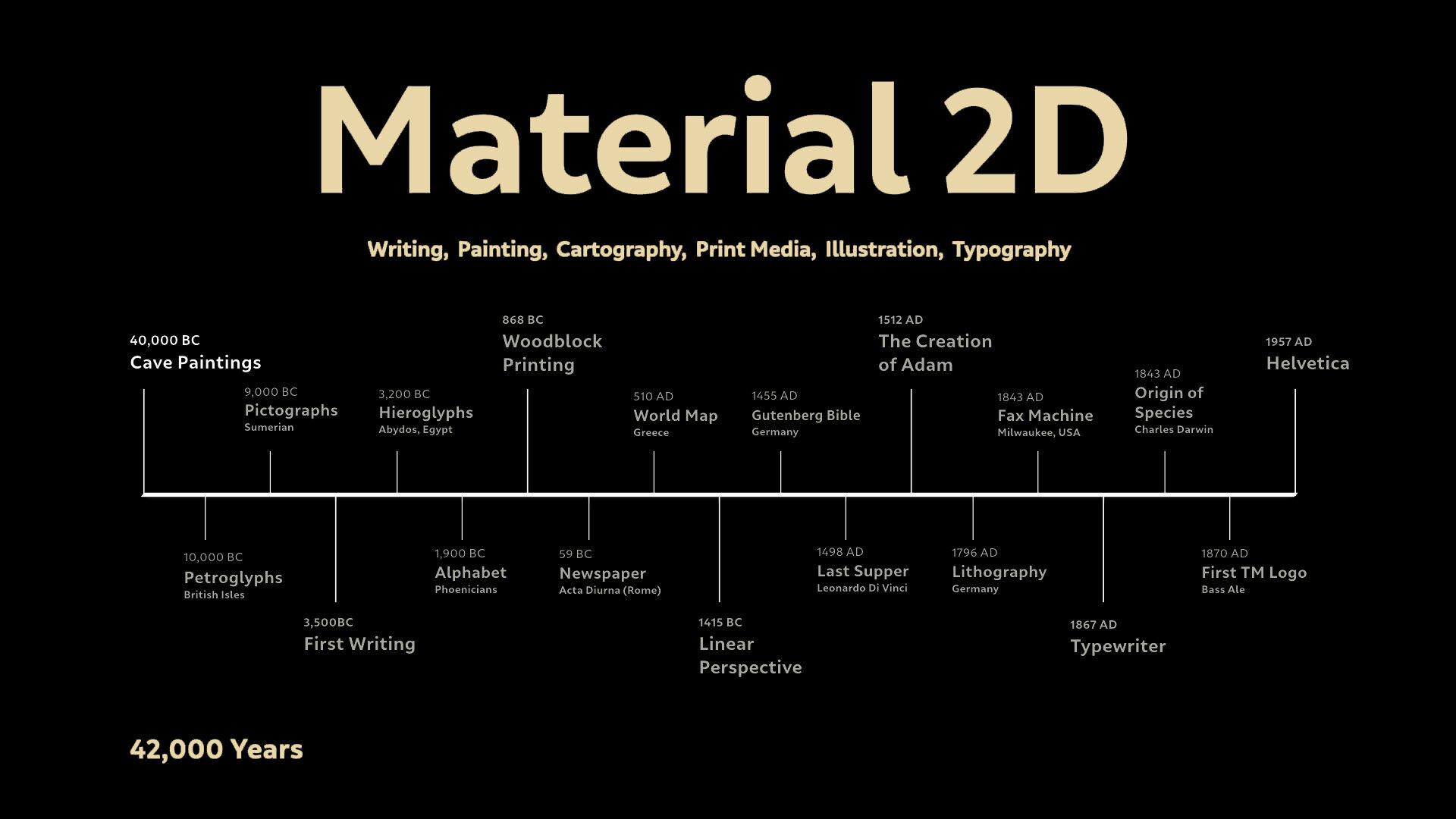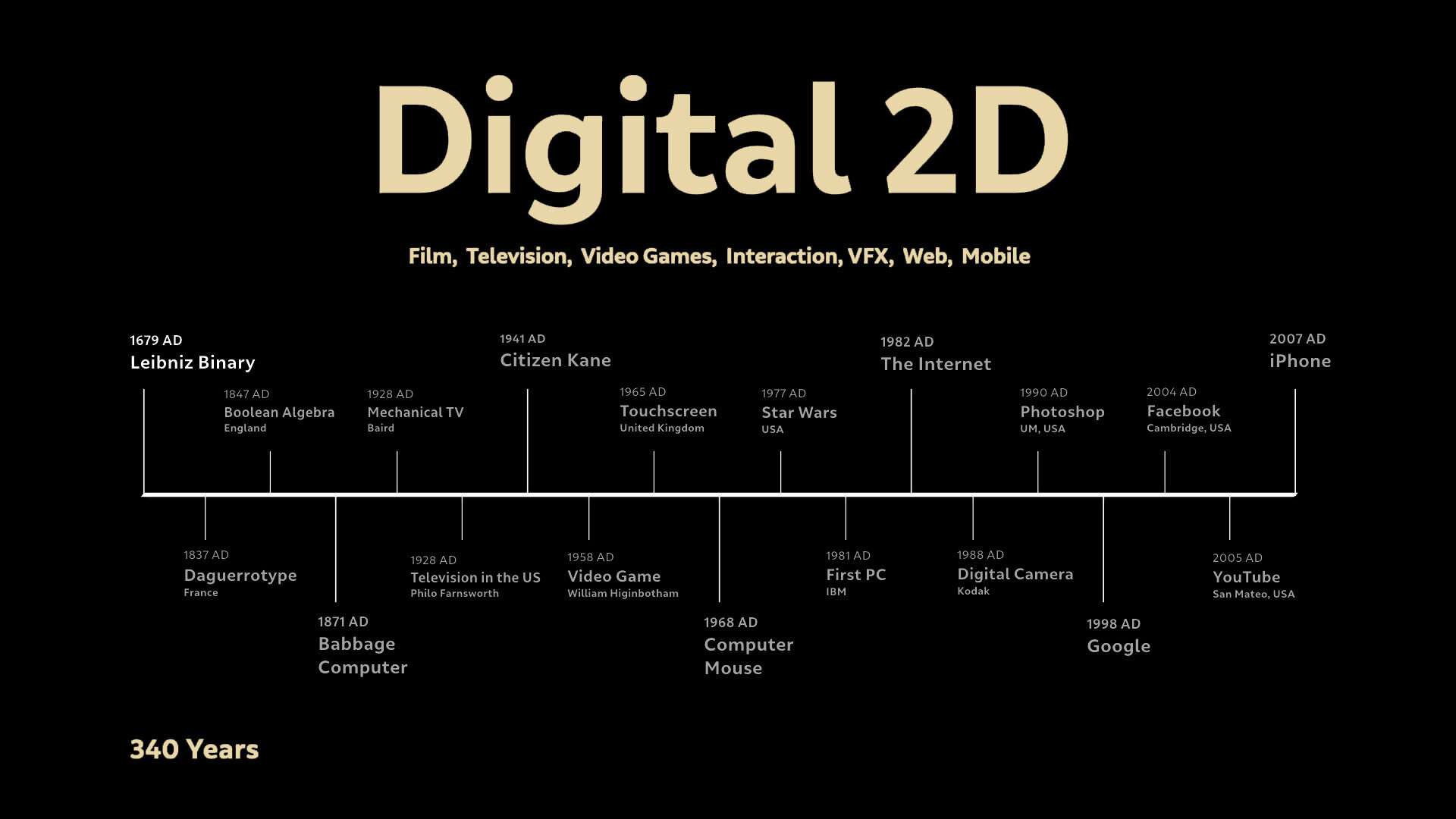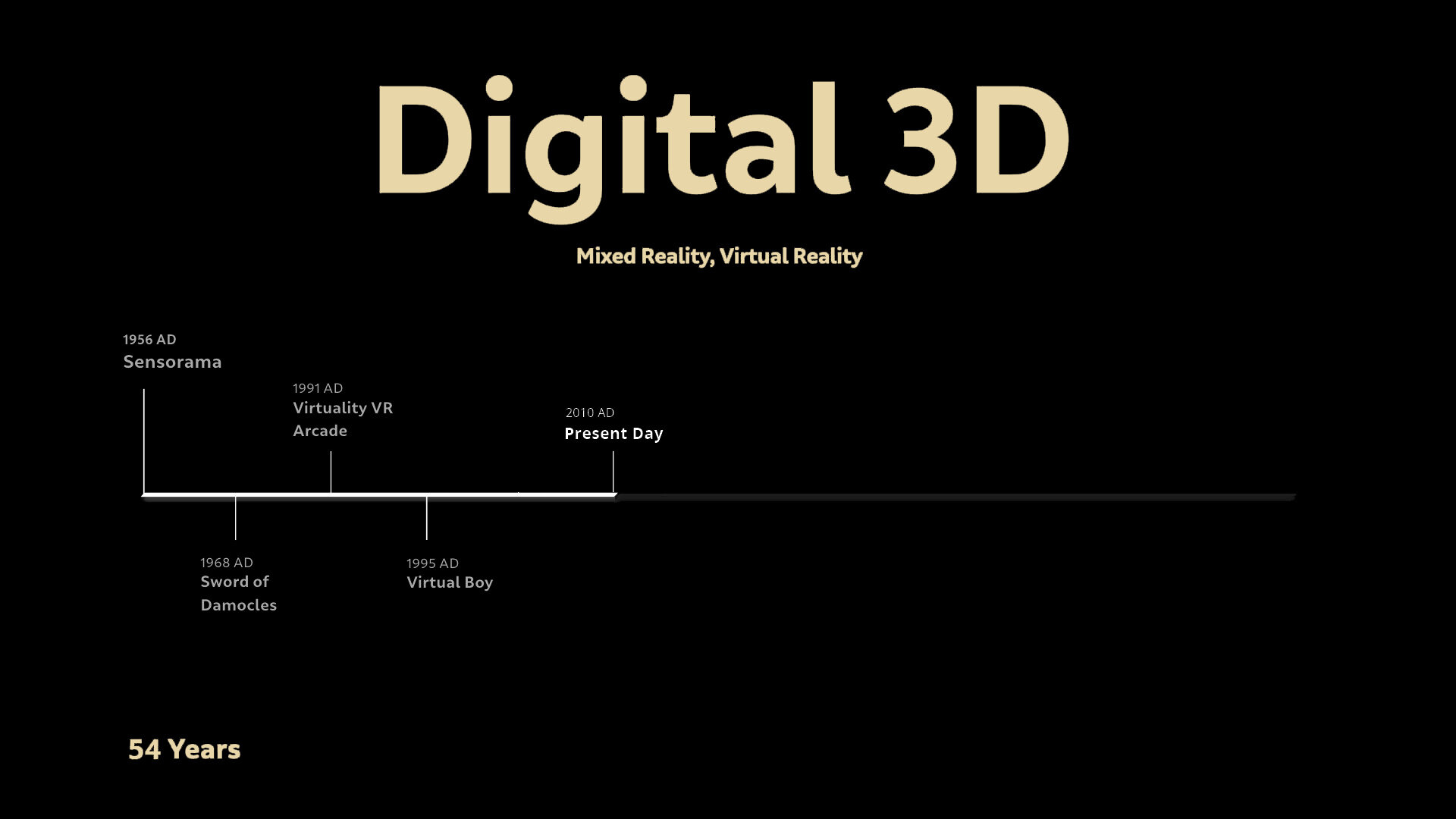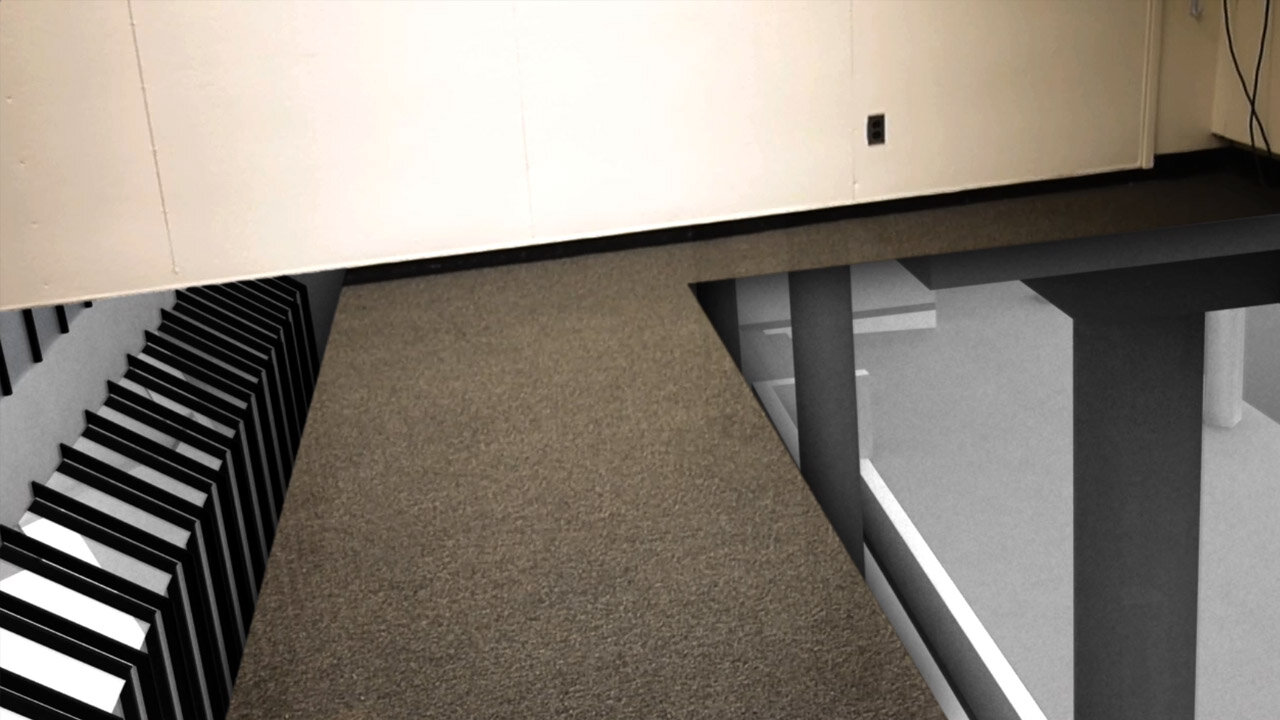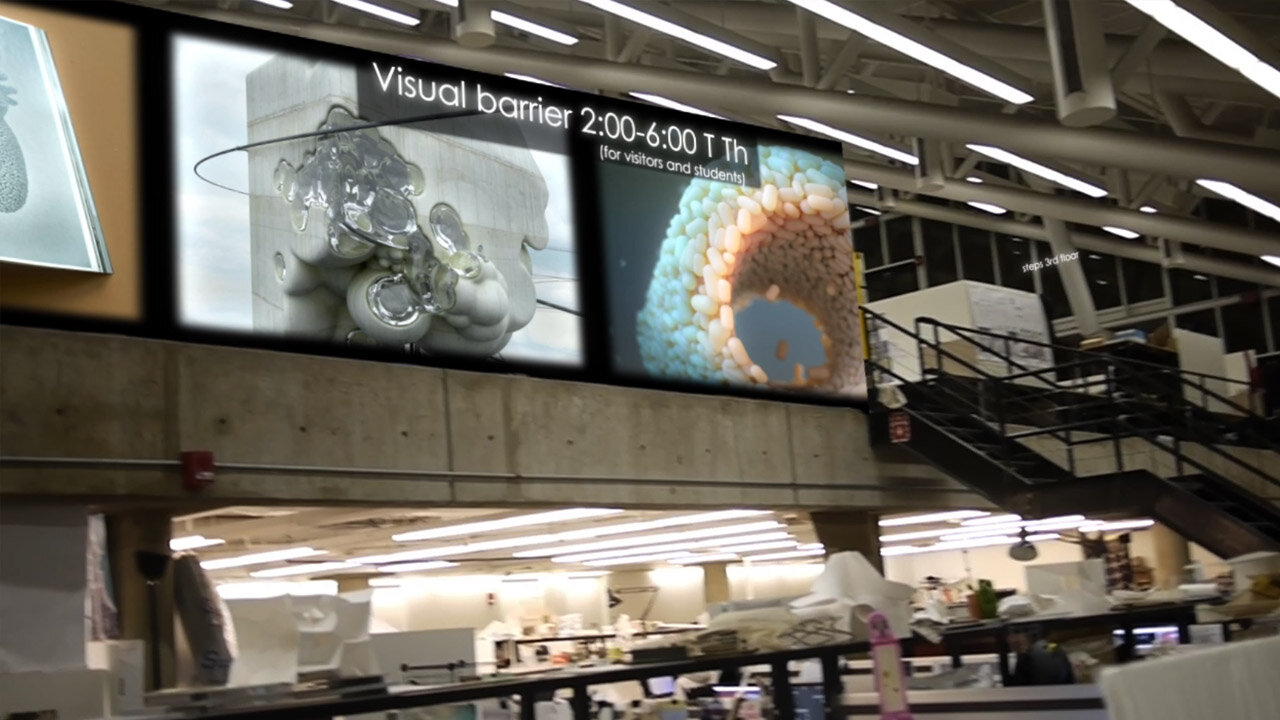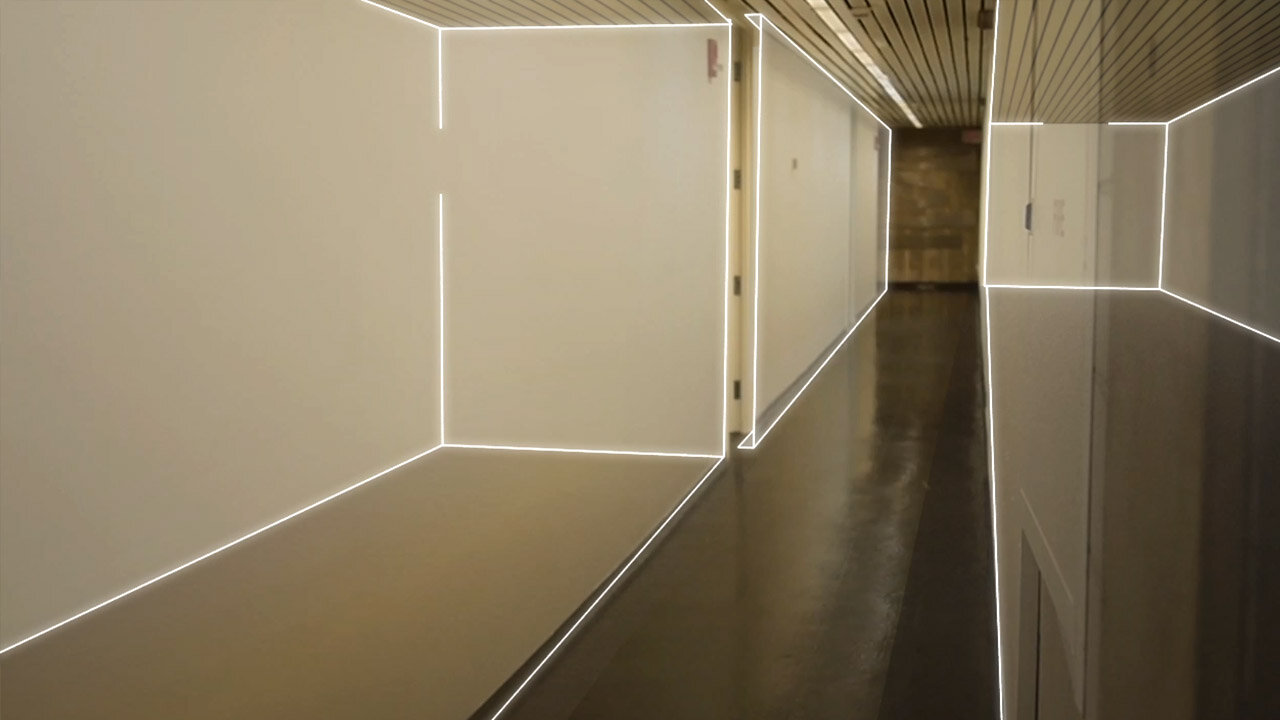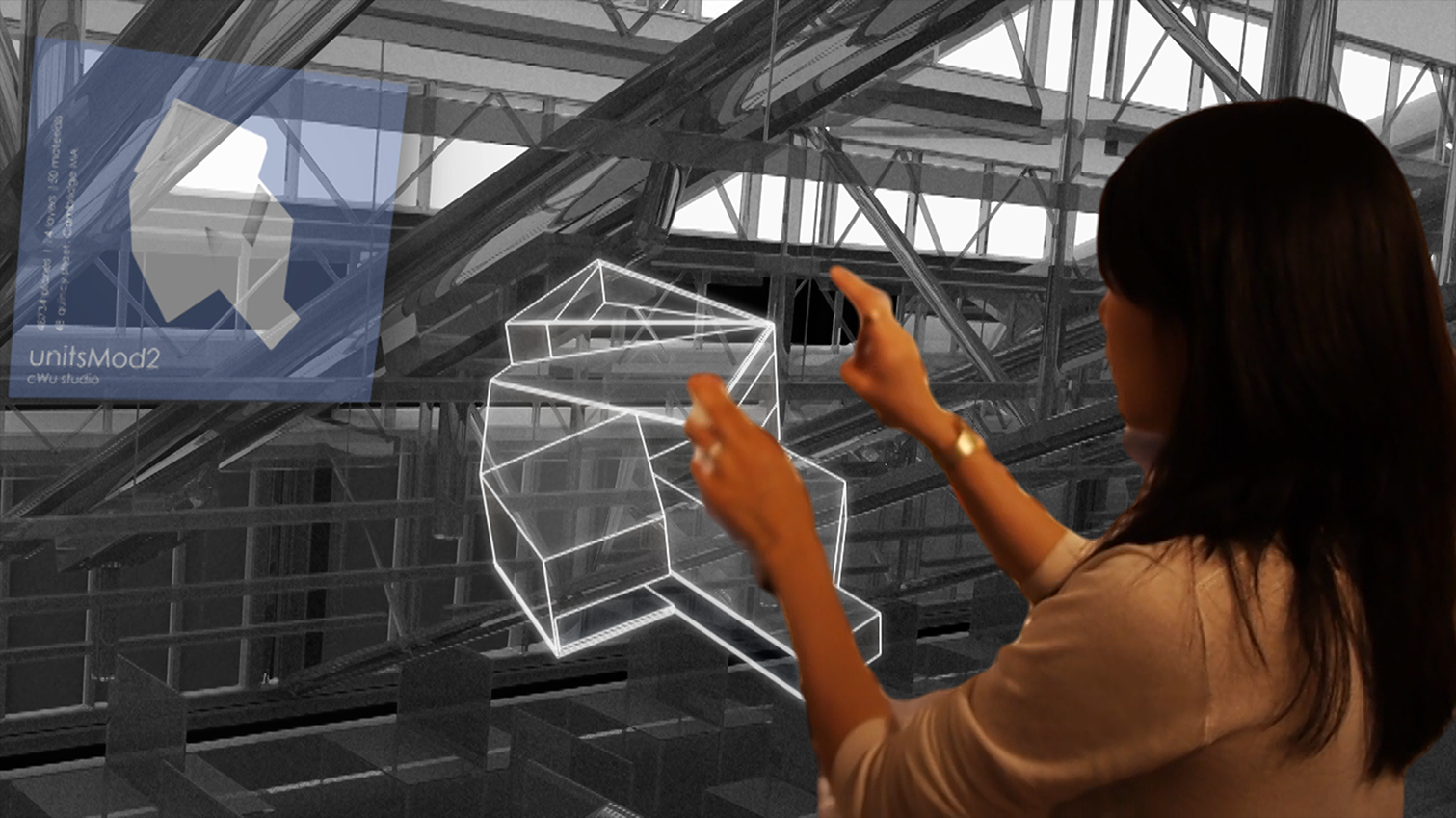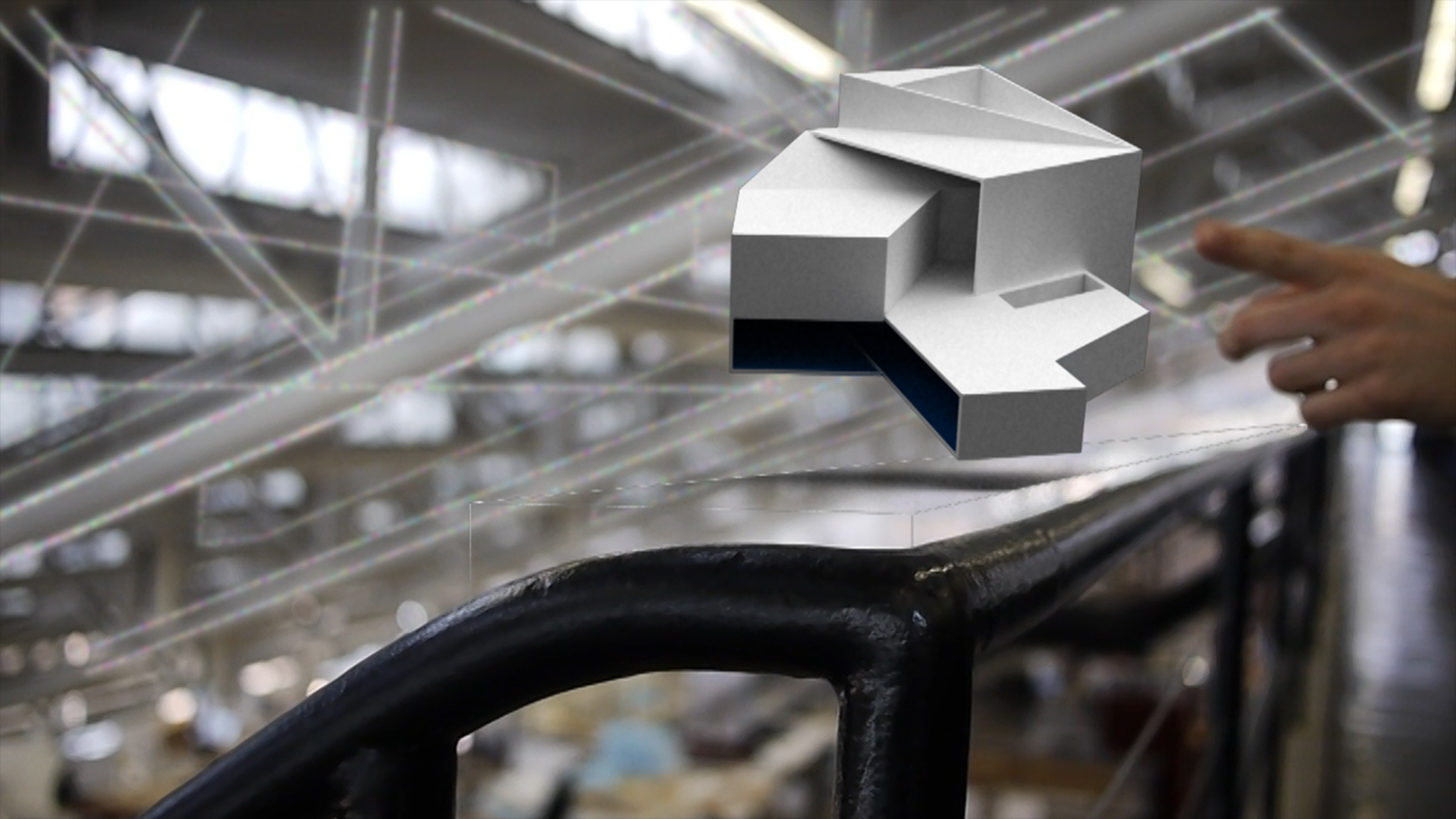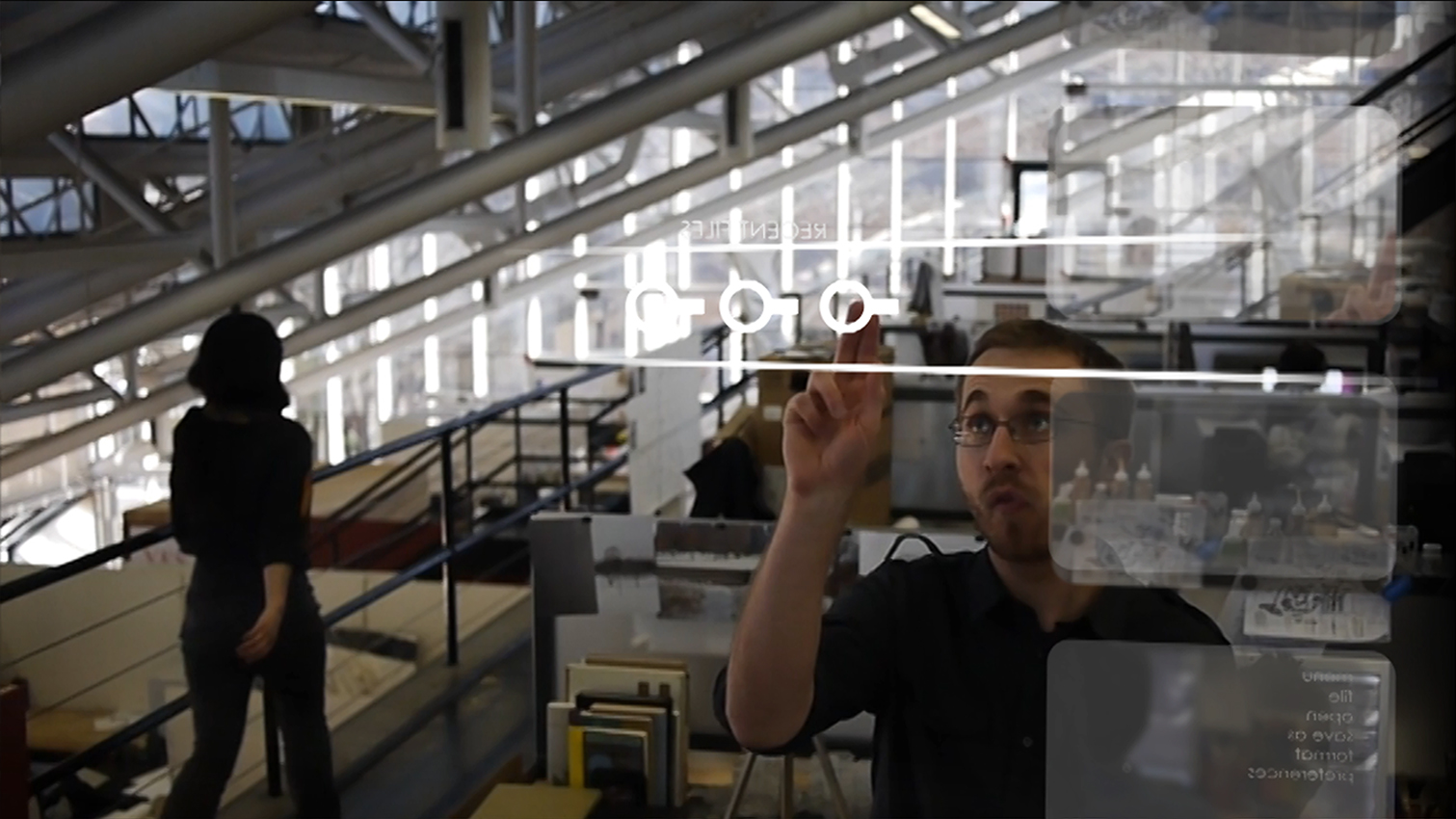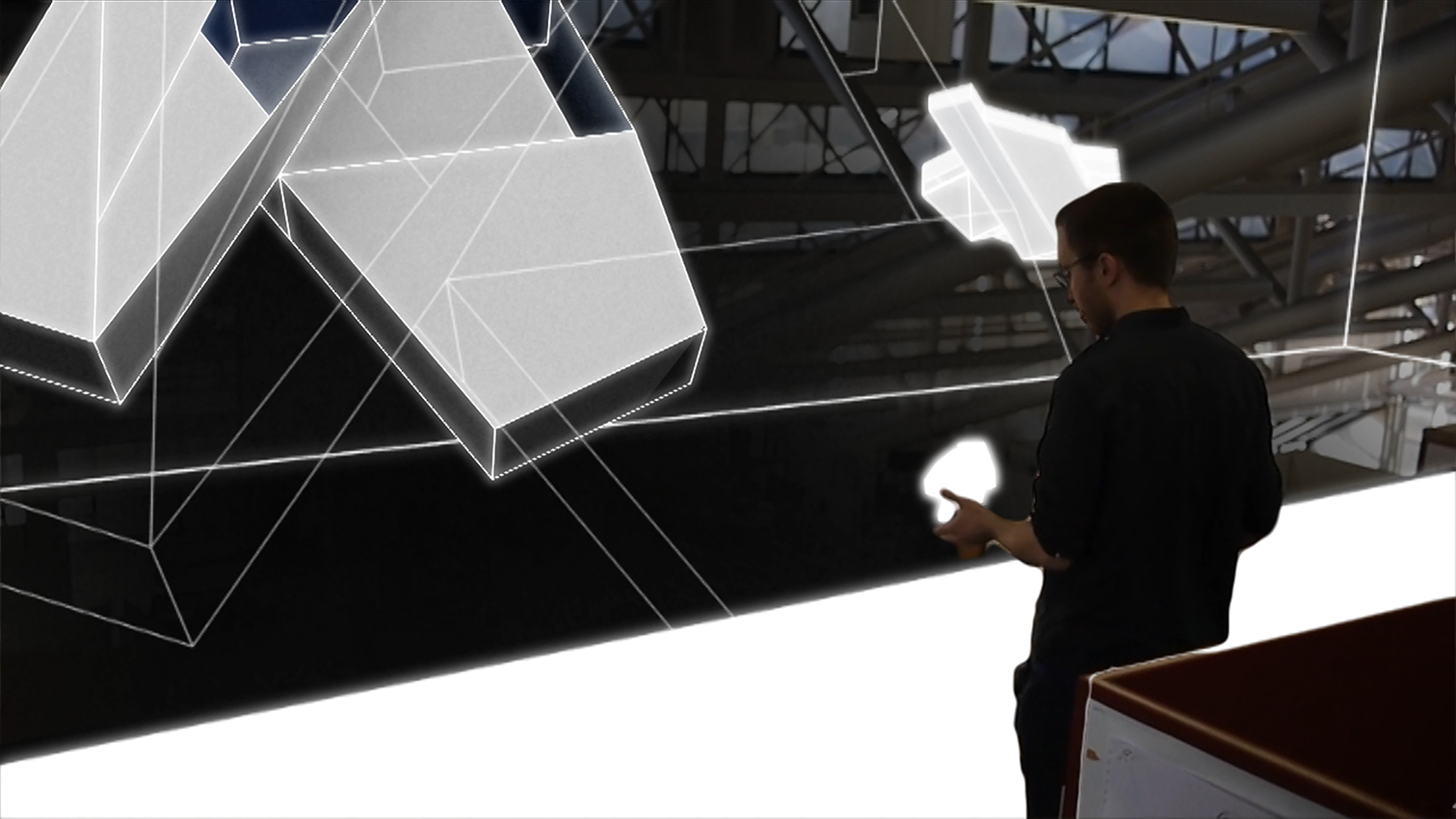MEDIATING MEDIUMS
THESIS PRIZE WINNER - HARVARD GRADUATE SCHOOL OF DESIGN (2009-2011)
MEDIATING MEDIUMS EXPLORES THE FUTURE OF MIXED REALITY AND ITS RELATIONSHIP TO PHYSICAL FORM AND ARCHITECTURE. IT OUTLINES TECHNIQUES AND METHODOLOGIES FOR DIGITAL 3D CONTENT AND HOW THIS NEW CONSTRUCTION MATERIAL WILL TRANSFORM THE WAY OUR EXPERIENCES, BUILDINGS AND CITIES ARE DESIGNED.
OVERVIEW
As it escapes the screen, the potential of the digital enters into the realm of architecture and an entirely new wealth of possibility.
Architecture has historically been a medium which surrounds and defines the spaces we live in. However, with the emergence of Digital 3d or “augmented” technology, immaterial stimuli is beginning to appear in these spaces. Thus far, digital forms have few relationships to their material context, but there is great potential in their interaction. Digital tools act as an infrastructural and informational prosthetic, but will be most profound when they tie back to the human body and engage their surroundings.
METHODS AND TOOLS
This picture shows a basic interrelation between digital and physical forms. The model functioned as a proof of concept and the launching point for my research into digital content as a construction material.
Without augmentation, the model reveals one layout of walls, but looking through another lens (via live webcam), we can understand an alternate spatial reality. In addition to real-time augmentation via QR code, I developed matchmoving techniques to represent theoretical realities that I researched. See that technique below.
DISCOVERING THE DIGITAL 3D
The Visual and Material Arts can be defined within a few categories. ‘Material 3D’ content is inherent to our world, but other classifications (Material 2D, Digital 2D) were actually invented by humans at defined points in time. Each category has expansive histories and era-defining innovations. Although people think we have Digital 3D already, most “3D” content is still stuck behind two-dimensional screens (things like digital models and computer graphics).
The Digital 3D medium is in its infancy. If we consider the expansive history of the other categories, this newly defined medium will have vast effects and be the genesis of new art forms that transform human experience. Current terms like AR, VR and MR are used widely but are actually subsets of a more holistic Digital 3d category.

VISUAL TECHNIQUES
Visual potentials are created through the interplay of physical and digital materials. I have categorized nine types of augmentation below. In each case, they leverage site-specific 3d models that reference and transform their physical contexts.
MATERIAL OVERLAY
Materials can be transformed or changed entirely depending on the accuracy of a physical map.
ARTIFICIAL DEPTH
Confined spaces can be given artificial depth to allow for expansive vistas into digital environments.
PATHS & WAYFINDING
Notational information can allow inhabitants to find their way easily, even in unknown environments.
VISUAL BARRIERS
Visual Barriers can offer implied privacy and can be tailored based on time, location and subjectivity.
SPATIAL EXPANSION
Existing environments can be built upon to blur the lines between the physical and digital borders of space.
INTERIOR / EXTERIOR CONDITIONS
The facades and boundaries of our physical structures can be blurred to feel more enclosed or more open.
PHYSICAL TRANSPARENCIES
With an accurate digital model, we can see through to to other spaces and gain insight into the activities that happen within.
REMOTE CONNECTIVITY
Views into remote spaces can open up. These bridges can connect locations and provide direct portals for interaction.
COUNTER-INTUITIVE EFFECTS
Our established understanding of physical and material effects can be subverted to yield surprising results.

OPERATIVE FUNTIONALITY
Operative funtionalities are inherent to the Digital 3d and allow for changing condition based on user location, time or group.
SPATIAL AWARENESS
Invisible spatial barriers are able to turn functionality on and off and also have awareness of your spatial location, identity and preferences. As architects, we can delineate these spaces and tie functionality and visuals to different zones of a building
LOCATION
Awareness of where inhabitants are allows for distinct zones of functionality that can be aligned to a floorplan.
TIME
Like a website, the digital aspects of a building are changeable throughout the day and can transform based on schedule.
GROUP
Different inhabitants can see and understand completely different realities. These may be based on privacy, administrative rights or individual preferences.
Informational Content
Social Reorganization
Building Efficiencies
Spatial Reconfiguration
There are limitless types of functionality that can be altered based on the inhabitant’s location, time or group. As the Digital 3D evolves, architects will discover functional possibilties to make buildings more efficient, interactive and environmentally transformative.
AN ARCHITECTURAL LINEAGE
This diagram lays out a spectrum of digital and physical relationships that will exist when Digital 3d content approaches the architectural scale. D3d Architecture is the ideal condition where physical buildings are designed alongside digital forms to achieve maximum potential in their interaction.




